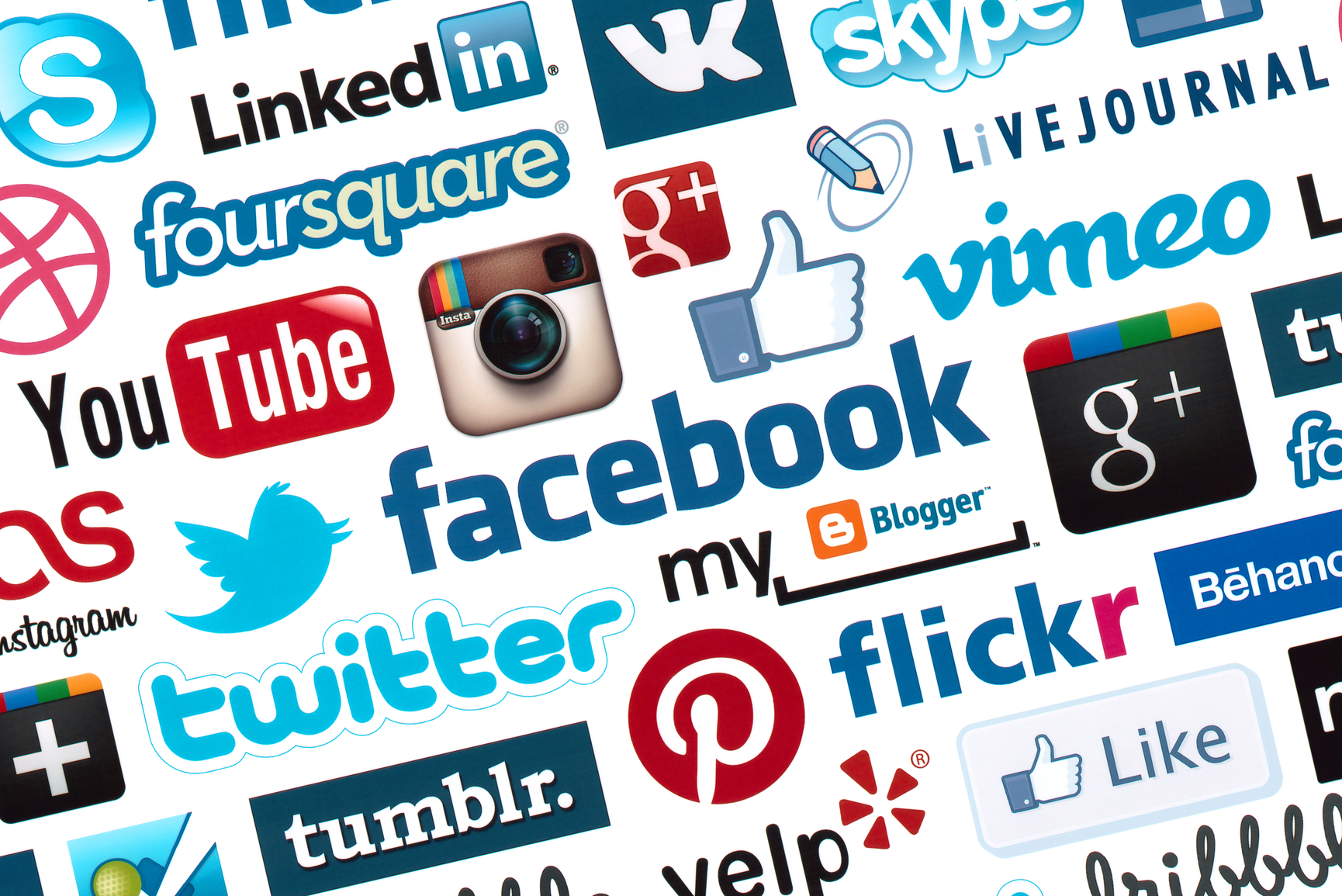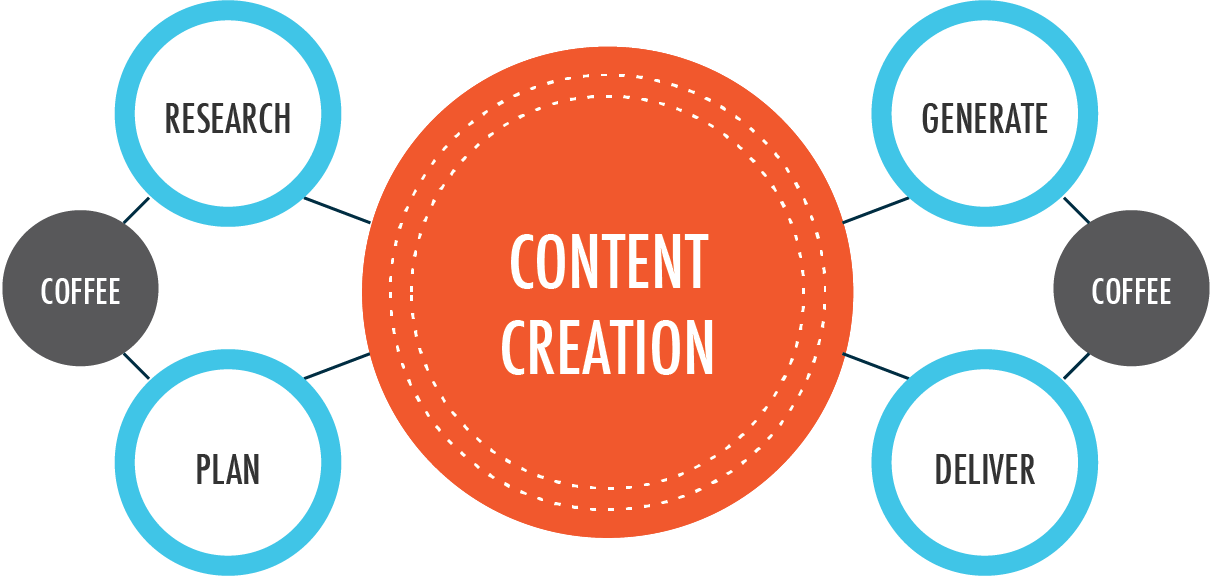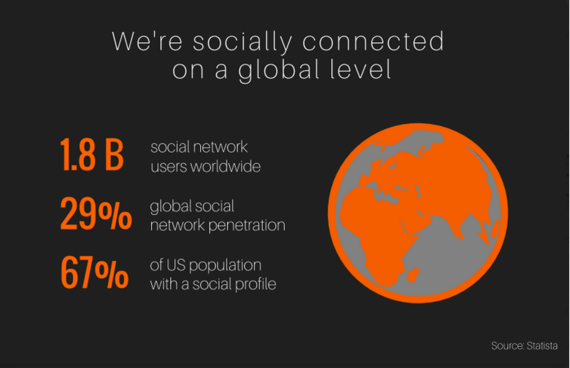We live in a world where we are connected to technology 24/7. Although technology has helped us improve many things such as communication and access to resources, it has also created many problems as well. Social media has helped us connect with people who we wouldn't have otherwise, but it was also taken away personal communication and interactions that humans need. Social interactions create a sense of meaning in people's lives and personally connecting with people creates a social connection (Brody, 2017).

Photo by: Technology Easy
What Should We Do
Even though we don't have to leave our house anymore because we can do everything at home now, we still need to do some things that are better done in person than watched online. Sometimes attending an educational conference in person can help you gain a better understanding of the topic and help you connect to new people you might otherwise might not have connected with.
People shouldn't limit their communication through social media and technology, instead, they should talk to someone in person to learn more about what they do instead of emailing or texting them. In addition, when we do engage in conversations with people, our technology should be turned off so we are actively engaged and listening without distractions. We are socially connected through technology and news is shared 24/7. People should establish a schedule on when they should view and read news to limit their exposure and control how much time is spent on the Internet.
Reference
Brody, J.E. (2017). Social interaction is critical for mental and physical health. The New York Times. Retrieved from https://www.nytimes.com/2017/06/12/well/live/having-friends-is-good-for-you.html
Photo by: Technology Easy
What Should We Do
Even though we don't have to leave our house anymore because we can do everything at home now, we still need to do some things that are better done in person than watched online. Sometimes attending an educational conference in person can help you gain a better understanding of the topic and help you connect to new people you might otherwise might not have connected with.
People shouldn't limit their communication through social media and technology, instead, they should talk to someone in person to learn more about what they do instead of emailing or texting them. In addition, when we do engage in conversations with people, our technology should be turned off so we are actively engaged and listening without distractions. We are socially connected through technology and news is shared 24/7. People should establish a schedule on when they should view and read news to limit their exposure and control how much time is spent on the Internet.
Reference
Brody, J.E. (2017). Social interaction is critical for mental and physical health. The New York Times. Retrieved from https://www.nytimes.com/2017/06/12/well/live/having-friends-is-good-for-you.html





